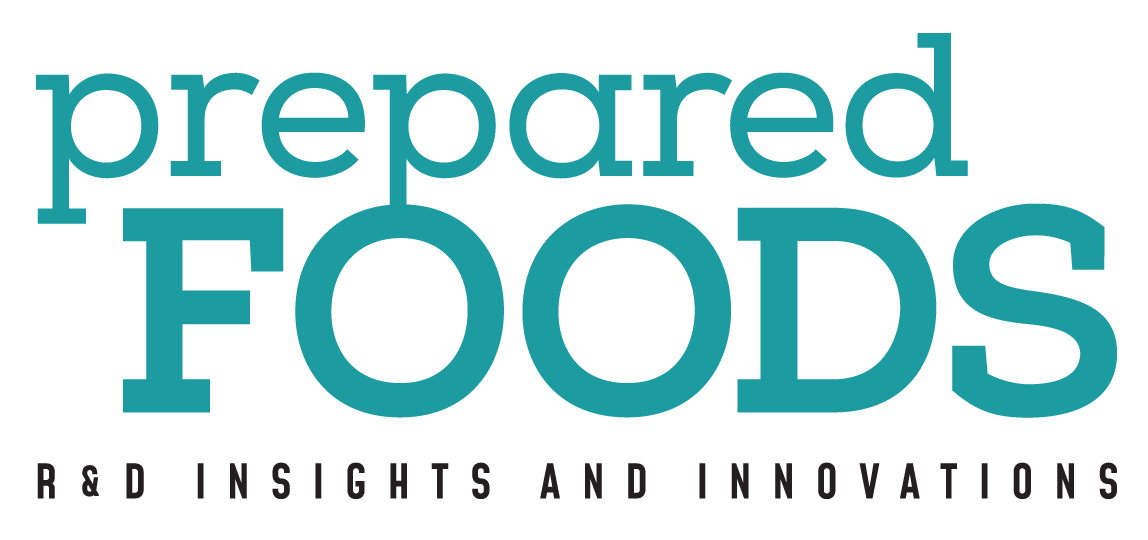Top Five Whole-Food Protein Sources
While the plant-based protein trend remains front and center in the food product development industry, it’s important to remember that animal-based whole-food proteins make up four of the Top Five most bioavailable protein sources. Results of a recent study at Purdue University revealed that “protein derived from 2-oz. equivalents of animal-based foods offers higher bioavailability of essential amino acids than the same amount from plant-based sources.”1.





Fast Fact: Evaluation of protein quality/bioavailability is derived from the content and balance of essential amino acids, and expressed as a value of 1-100 according to its Digestible Indispensable Amino Acid Score (DIAAS) or via the Protein Digestibility-Corrected Amino Acid score (PDCAAS), measured at either 0.0-1.0 or as a percentage. In cases of unusually high bioavailability, either score can come in above 100. Differences between the two average around 10%
Eggs, especially egg whites, have held the spot for the highest bioavailability of any whole-food protein, with a PDCAAS score measured between 1.18 and 1.21, depending on the source.2 Eggs also have an advantage of high versatility for application in food formulations, providing structure, aeration, thickening, binding, glazing, leavening, tenderizing, and holding moisture.
Eggs

Fish and seafood typically are just below eggs for protein value, although some sources place fish equal to milk. Although seafood itself is limited to savory applications due to its highly distinct flavor, fish gelatin—nearly 100% protein—is available in purified forms that are odorless and flavorless, and is used in many formulations, especially desserts, calling for gelatin from non-porcine or non-bovine sources.3
Fish

Milk proteins as isolates (both casein and whey) often tie for or even land in the protein bioavailability top spot, depending on the source. Milk proteins and, especially, their numerous specialized peptide structures and other proteins (such as alpha-lactalbumin) also possess unique bioactive properties. In food and beverage formulations, milk performs multiple functions, including thickening, gelling, foaming, emulsification, texture, creaminess, body, flavor, and mouthfeel.4
Milk

Boiled/steamed/pan-roasted meats have a bioavailability of 98-99 on the DIAAS scale. During aging, certain processed meat products increase their concentration of nutrients and even build beneficial microbial colonies that confer probiotic metabolites that possess suspected beneficial effects.5
Meat


Plant proteins tend to lack a significant level of one or more of these important building blocks. For this reason, even the best of whole-food plant proteins—soy and peas—are in the high-80s/low-90s range on protein digestibility and bioavailability scores. That said, there is no denying the phenomenal versatility, and the current popularity, of plant proteins in the food and beverage industry.6
Soy/Legumes
1. “Animal vs. Plant Protein: New Research Suggests That These Protein Sources Are Not Nutritionally Equivalent;” SciTechDaily.com (September 26, 2023) https://scitechdaily.com/animal-vs-plant-protein-new-research-suggests-that-these-protein-sources-are-not-nutritionally-equivalent/
2. “The Health Benefits of Egg Protein”. Nutrients. 2022 Jul; 14(14): 2904. https://www.ncbi.nlm.nih.gov/pmc/articles/PMC9316657/
3. “Fish nutrient composition;” National Institutes of Health; Public Health Nutrition. 2021 Feb; 24(3): 476–486. https://www.ncbi.nlm.nih.gov/pmc/articles/PMC10195510/
4. “Dairy bioactive proteins and peptides: a narrative review;” National Institutes of Health; Nutrition Reviews. 2021 Dec; 79 (Suppl 2): 36–47. https://www.ncbi.nlm.nih.gov/pmc/articles/PMC8653944/
5. “Meat and Human Health—Current Knowledge and Research Gaps;” National Institutes of Health; Foods. 2021 Jul; 10(7): 1556. (2021). https://www.ncbi.nlm.nih.gov/pmc/articles/PMC8305097/
6. “Plant Proteins: Assessing Their Nutritional Quality and Effects on Health and Physical Function;” National Institutes of Health; Nutrients. 2020 Dec; 12(12): 3704. https://www.ncbi.nlm.nih.gov/pmc/articles/PMC7760812/


